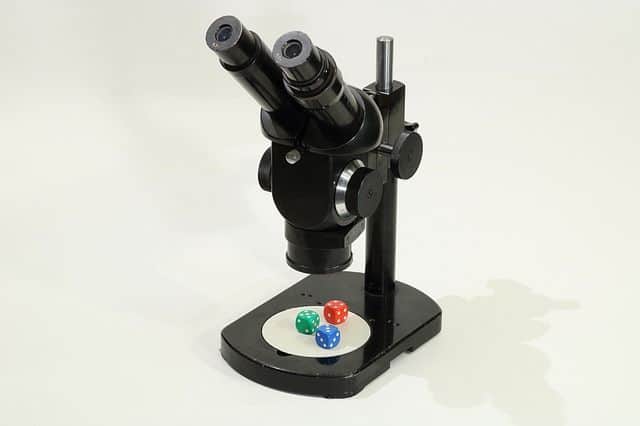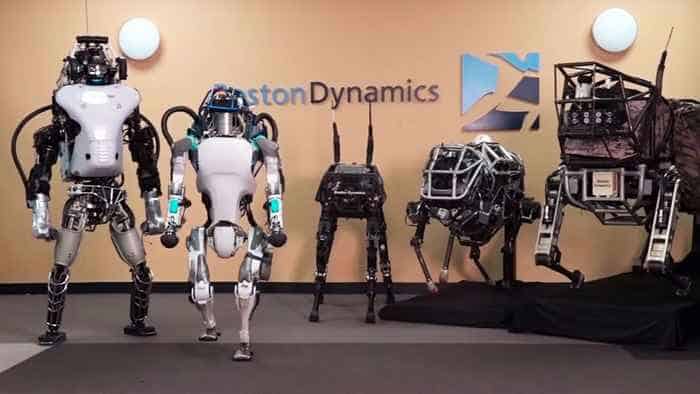Top Things You Should Know about CMOS Camera?

Charged Coupling Devices (CCD) and Complementary Metal Oxide Semiconductor (CMOS) are two image sensors that are found in digital cameras. The two have several differences although they are responsible for converting light into electronic signals.
The first digital cameras used Charged Coupling Devices (CCD) to convert analog light signals into digital pixels. These devices were manufactured through a special process that allowed the conversion of analog light signals to take place in the chip without any distortion. As a result, high-quality sensors that produced quality images emerged although they were quite expensive. On the other hand, CMOS use a traditional manufacturing process to create chips. Therefore, the chips use transistors at each pixel to facilitate charge movement through traditional wires. This is an advantage because each pixel is treated individually offering flexibility.
It is important to note that the image sensors that are used in digital cameras and mobile phones today either use CCD OR CMOS technology. In the past, CCD technology was dominant because it had superior picture quality and sensitivity. However, as various improvements were incorporated in CMOS technology, it has become more popular over the years.
How does a CMOS camera operate?
When you initiate the camera record function, the camera lens focuses the light through the aperture, light filters and onto electronic image sensors. Here, the image sensor is arranged in a grid pattern (pixels) to make the entire process flexible. These image sensors cannot determine the colour of the light recorded but they are capable of determining its intensity. The colour is identified by colour filters where one colour of light from the visible spectrum is read by a specific pixel. When the colour identification process is complete, a full-colour image is generated by the sensor.
CMOS cameras use multiple transistors to amplify the Photon-to-electron charge from the pixel. As a result, each pixel is either addressed in parallel as a set or as an individual. CMOS image sensors use either of these two modes: voltage mode or current mode.
In voltage mode, a transistor located in the pixel acts as a source follower.
Hence, the transistor’s voltage is registered as an estimated, linear function at each pixel. This process is repeated several times per second while the voltages are digitized and stored in a memory. At last, when the images were taken are replayed, they appear as an object in motion because the camera recorded a high number of sequential still. On the other hand, current mode sensors use a linear relationship between the gate voltage of the readout transistor and output current via the transistor to determine filtered light’s intensity.
How does CMOS differ from CCD?
Although the CMOS and CCD use photodiodes, they differ in their manufacturing process as well as the signal readout method. These are the main differences between the two:
1. CMOS is faster in data rate than CCD
CCD uses a bucket-brigade style to transfer data. This means that, although the image sensor has an array of capacitors, each of the capacitors carries an electric charge that corresponds to a pixel’s light intensity. The image sensor has a control circuit that facilitates each capacitor to transfer its charge to its neighbour. The last capacitor transfers its charge to a charge amplifier.
In contrast, the CMOS image sensor uses a CMOS transistor and a photodiode. The two switch for each pixel allowing the signals to be amplified individually. As a result of this switching, the pixel signals can be accessed sequentially and directly at a higher speed than in CCD sensors. In addition, the amplifier for each pixel in CMOS cameras reduces the noise that results when electrical signals are is converted from the light captured.
2. CMOS is energy efficient, cheaper and is on-chip integratable
It costs less to produce CMOS image sensors because it is easy to repurpose the semiconductor manufacturing equipment during production. When it comes to energy consumption, CMOS is efficient than CCD. To save energy, CMOS sensors use a small digital circuitry that requires less energy. Finally, since it is possible to build a logic circuitry in a chip, CMOS sensors that have an on-chip image processing circuit are being developed for use in artificial vision and image recognition.
Although CMOS sensors used to have low resolution, low sensitivity and low quality, they have improved over the years to a point of reaching near parity with CCD sensors in some applications. Finally, considering how CMOS sensors are manufactured, they have a better battery life and they are affordable to most people because they are less expensive.





Wow just saw your website and I am amazed how rich content you are having. Great work buddy keep it up.
Thank you